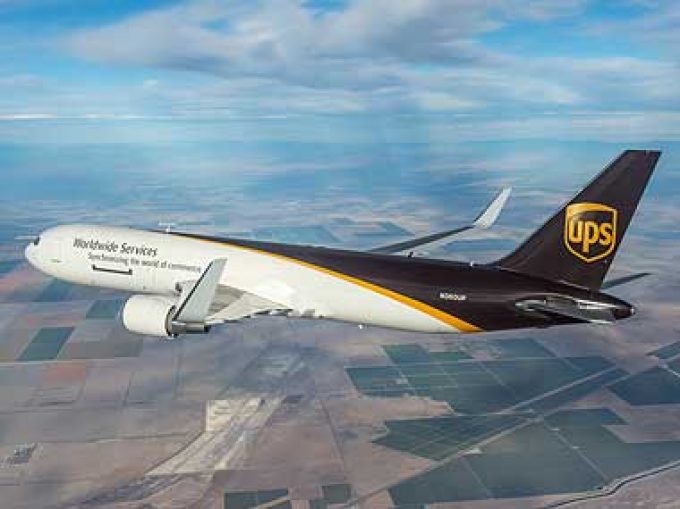Conf call redux: Guidance-free UPS – uncertainty piled on uncertainty
Certainty looms by Q3 end

UPS is hitting cargo owners with multiple surcharges in the run-up to the peak season – with the biggest hit on imports from China and its territories.
Starting on 15 September, the integrator is to impose a ‘surge fee’ on US imports ...


Comment on this article